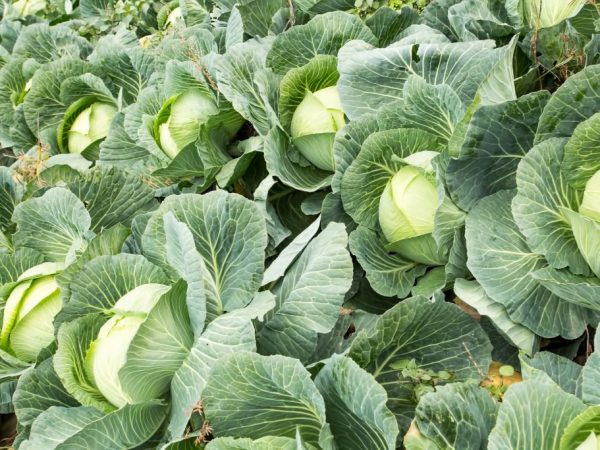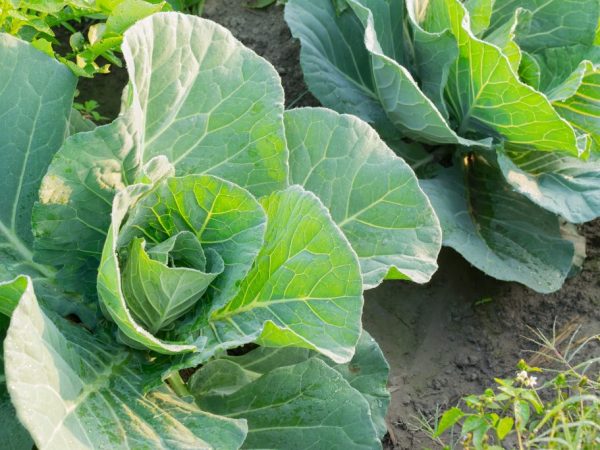Description of cabbage Nozomi f1
One of the representatives of ultra-early varieties is Nozomi cabbage. She fell in love with gardeners, thanks to its excellent adaptability to unfavorable growing conditions, as well as undemanding to the type of soil. The crop gives good yields even at low temperatures.

Description of cabbage Nozomi f1
Variety characteristic
Nozomi F1 is a hybrid of white cabbage, bred by scientists in France at the breeding station of the Japanese company Sacata, which has many representations in Europe, so the seeds are produced in different countries.
The variety was included in the State Register of Russia in 2007, zoned in the North Caucasian regions. The species is successfully cultivated in other localities.
From disembarking the seedlings to a permanent place to the maturation of the heads of cabbage, it takes from 55 to 58 days. Growing seedlings takes about a month. For this, seeds are planted in March.
Variety characteristic:
- profitability is about 315 centners per hectare (the level of mid-season species);
- high yield of marketable products - 90%;
- resistance to cracking even with excess moisture;
- resistance to bacterial rot and alternaria;
The amicable ripening of vegetables is also characteristic. They are cultivated in open and protected ground.
Description of the head
According to the description, the leaf rosette is slightly raised or horizontal. Leaves are green, small, rounded, bubbly, with wavy edges.
Round heads, compact. The average weight is 1-1.8 kg. The color is green, on the cut - white with a yellow tint. The inner stump is short or medium in length, the outer one is very short. Taste characteristics are high.
Heads of cabbage are not stored for long, so it is worth consuming fresh cabbage, preferably immediately after cutting. Various dishes are also prepared from it: it is stewed, pickled. Due to its high commercial qualities, the species is grown for the purpose of selling early products on the market.
Care
To achieve high yields, some rules are followed.
Growing conditions
In order for the seedlings to begin to grow and develop, after planting, the soil temperature must be at least 14 ° C. Optimum indicators for air are above 17 ° C. If the temperature regime in the open field does not meet the requirements, the plants are covered with a special material. The area chosen for cabbage should receive a lot of sunlight.

Plants need sunlight
Higher returns are obtained on fertile, light loamy and loamy soils. The earth must be air and moisture permeable. About 0.5 square meters are allocated for one vegetable. m area. Tomatoes, cucumbers, onions, pumpkin or potatoes are good precursors.
Watering
If Nozomi F1 seedlings prefer moderate moisture, mature plants require it often and in abundance.
The liquid is needed for the juiciness and density of the leaves. For 1 sq. m make from 8 to 13 liters of water in the morning or evening. It should be warm and well-kept.
About 3 waterings are carried out per week (after 2-3 days).Especially the culture needs moisture during the period of setting heads and in hot weather. In rainy weather they are reduced or stopped altogether. When growing cabbage 2-3 weeks before harvesting, water is not added to the soil to prevent head cracking. But since Nozomi F1 cabbage is resistant to it, the number of waterings can simply be reduced.
Loosening and hilling
After each wetting or rain, the soil is loosened to a depth of 4-5 cm. For this, a hoe is used. The performance of the procedure prevents the formation of a dry crust, and also provides good oxygen access to the root system. Loosening removes weeds that can suppress plants. Also, various kinds of bacteria and fungi often multiply in it.
Mulching can replace loosening. For this purpose, a ball of peat is laid in a layer of 5 cm. Mulch also helps to retain moisture in the soil.
An effective agronomic process is cabbage hilling. Thanks to this manipulation, new roots are formed. They provide plants with additional nutrition. The following terms of the procedure are recommended:
- together with the first introduction of growth stimulants;
- in the phase of 9 true leaves.
Top dressing
The increase in yields is largely due to fertilizers. Early cabbage is fed 3 times during the growing season:
- 1.5-2 weeks after planting the plants in a permanent place. A manure solution is used, which is prepared in a 1: 5 ratio. A solution of poultry droppings (1:10) also gives a good result. Consumption - a bucket of funds for 10 bushes. If the cabbage leaves are pale, add urea: 15 g per 10 liters.
- While tying heads of cabbage. The same fertilizer is used, but with the addition of wood ash: 1-2 tbsp. l. per 10 liters of liquid, dosing such an amount per 5 bushes.
- 3 weeks after the previous one. Top dressing is carried out according to the scheme of the first fertilization.
Pests and diseases
Early cabbage is often attacked by insects. Among them are:
- cruciferous flea;
- white cabbage;
- cabbage moth;
- scoop.
To prevent their reproduction, plants are planted in the plots that scare off pests. It can be dill, carrots, marigolds. Celery is sown between cabbage beds. Well helps in the fight against insects pollination with tobacco dust or ash.
An ash solution is also prepared: 100-150 g of substance per 1 bucket of water. For better adhesion, liquid or crushed laundry soap is added to the product. You can use an infusion of wormwood, dandelion roots. Against slugs, sprinkle the ground with mustard powder or black pepper.
Of the chemicals used, the drug "Kinmix". It is used 5 days after planting. Processing is carried out in the evening.
Early cabbage is often affected by the following diseases:
- Blackleg. They disinfect the soil against it before planting, maintain the appropriate humidity, ventilate the greenhouses.
- Keela. Affected plants are removed from the garden along with a lump of earth, and the places under them are sprinkled with lime.
- Downy mildew. To combat it, the humidity is normalized, the treatment is carried out with 1% Bordeaux liquid. To do this, it is diluted in an amount of 500 ml in a bucket of water.
Conclusion
Nozomi cabbage has gained popularity among gardeners due to a number of advantages. The variety is available to everyone, since the price of a seed is low in comparison with other early types of culture.
The variety is grown both for household needs and for sale.


